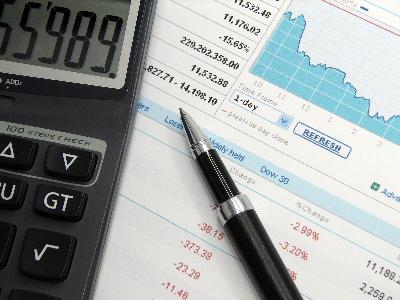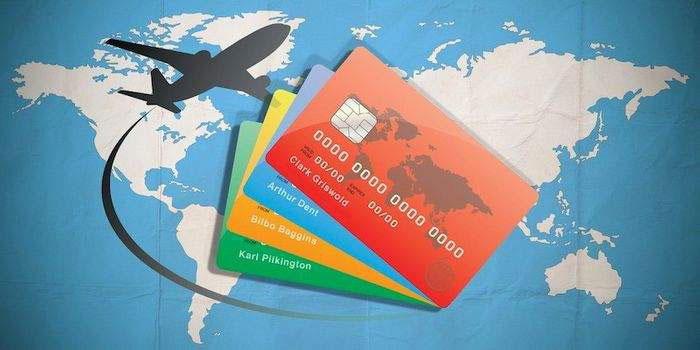
Investors can make informed decisions by understanding stock market terminology. It is important to know the difference between authorized and outstanding shares to accurately calculate important ratios that reflect the financial stability of a company. Both are shares that companies issue. There is one difference between them. The authorized shares refer to the total amount of shares companies are allowed to legally issue to investors, while the outstanding shares refer only to if all shareholders have shared.
Authorized Shares
The maximum amount of authorized shares a company can legally issue to investors is defined as the number of shares it has decided to allow. The articles of incorporation, which are the company's legal documents that establish the maximum number, define authorized shares.
These documents are also known as authorized stock and authorized capital stock. There is no limit to how many shares can be authorized in these documents for larger companies. Smaller companies that do not intend to expand or have a limited number of shareholders can limit the authorized shares they can designate.
The float is the number of shares that are available for trading. Restricted shares are also available. These shares are part of authorized shares. These shares can be used for incentives and compensation. The sum of all float and restricted shares is the total number of outstanding shares on a company's balance sheet.
Outstanding Shares
The number of authorized shares that can be issued or sold to investors is known as the outstanding share. The investment bank that executes a company's IPO determines the number of outstanding shares. However, this number is subject to change.
Secondary stock market offerings can increase the number and value of outstanding shares. ESOs can also be paid to employees. When a company repurchases its stock, the number of outstanding shares falls. The authorized number of shares in the company's articles cannot exceed the number of outstanding shares.
Investors can calculate financial ratios more accurately if they know the difference between outstanding and authorized shares. To illustrate, using outstanding shares to calculate earnings per share can lead to inflated gains. However, using authorized shares could dramatically offset a realized loss. These terms are essential for investors to calculate a company's financial stability accurately.

Special Considerations
The total authorized shares are always greater or equal to the number of shares that have been issued or outstanding. These two numbers are often deliberately kept different by companies, so they have future flexibility to sell additional shares if necessary. Companies may reserve authorized shares as a defensive measure. By holding onto authorized shares, the firm can maintain a controlling interest. The corporation can lessen the risk of a hostile takeover if most shares have not yet been issued.
Reserved shares may also be used to reserve authorized shares that haven't been issued. The company may use these shares in future stock option plans. The stock option plan may allow these reserve shares to be used, but they cannot be issued. Stock warrants can be used to issue reserve shares to a third party.
Examples
Real-world examples are a great way to learn about the workings of authorized and outstanding shares. These are two types of share categories.
Authorized Shares
In 1997, Apple was incorporated. The company has since amended its Articles of Incorporation several times. A company amendment filed on August 3, 2020, stated that it was authorized to issue one class. These shares are included in the company's common stock. The total number was 50.4 billion. According to the filing, existing shares will be automatically divided into four.
Outstanding Shares
There are several ways to find out the total shares outstanding for a company:
You can visit the investor relations website of the company. Microsoft, for example, answers a question about the number of shares outstanding on its FAQ. There were approximately 7.5 million shares outstanding as of April 21, 2022.
Visit financial websites and stock exchanges.
Databases of financial regulatory bodies, such as the Securities and Exchange Commission.

How Is the Number of Outstanding Shares Calculated?
The number of currently outstanding shares that have been issued is made public by publicly traded firms through the requisite regulatory filings. When a company makes the decision to either issue or sell additional shares, it is typically required to obtain approval from the board of directors, record the quantities in question in the minutes of a board meeting, compile the necessary documentation, and verify that it complies with both state and federal securities laws.


